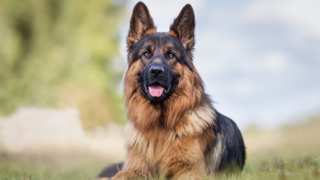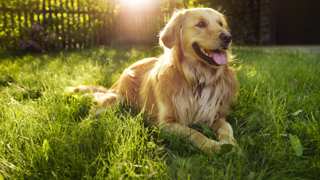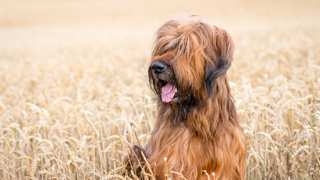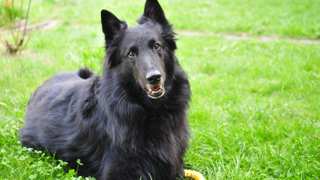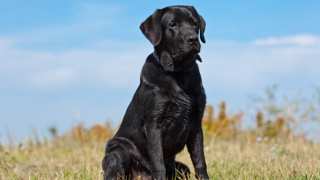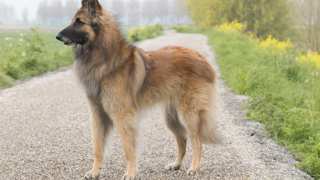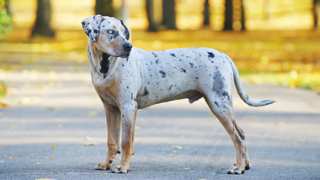These dogs are incredibly athletic and intelligent, so White Shepherd exercise requirements are pretty high overall. WS dogs are versatile, smart, playful, and active, so they'll enjoy practically any type of physical activity you perform with them. As a herding breed, WS dogs are also independent and task-oriented, so they'll benefit from exercises that stimulate them mentally as well as physically. They make excellent jogging and bicycling partners as well.
The typical adult White Shepherd, depending on its age and overall activity level, will need about 90 minutes of proper exercise per day, which you can accomplish with a couple of walks, jogs, or bike rides and an extended play period. You can start exercising your WS puppy at three months old by taking it on short (10-minute) walks, then you can increase the walks' length and frequency as the puppy grows.
A few things to keep in mind when exercising your White Shepherd: first, puppies younger than nine months old shouldn't participate in activities that include a lot of jumping, running on hard surfaces, or navigating of stairs, as doing so can injure their still-developing joints and bones. And though it's not required, keeping your WS on a leash when in public is definitely recommended. These dogs are very curious and intelligent, and may chase other animals or run off to investigate interesting people or environments if they have the chance; a leash will help you control your WS in these situations. Otherwise, these dogs are hardy and adaptable, and can exercise in a wide variety of situations and weather conditions.
Precautions aside, exercising a White Shepherd every single day is a must. WS dogs are enthusiastic, bright, and energetic, and without plenty of physical activity they'll turn destructive, disobedient, and thoroughly unhappy in general. Consistent exercise will keep your WS happy, healthy, and peaceful! A few exercise ideas:
- Walking/Jogging/Bicycling: Two 45-minute walks (or 30-minute jogs or bike rides) per day is a good target
- Fetch/Frisbee: These dogs will chase a ball, stick, or Frisbee for hours
- Tug-of-War: Great indoor, rainy-day activity; use a rope or old towel
- Dog Park: If properly socialized, WS dogs enjoy the company of other pooches
- Canine Sports: These dogs are fantastic competitors in obedience and agility trials, flyball, and other events
- Hiking: Excellent bonding activity; your WS can even carry the backpack
When indoors, it's a good idea to give your WS access to one or more balls or chew-toys that will allow the dog to burn excess energy. It's also recommended that you establish a regular exercise schedule for the dog, such as walks, jogs, or bike rides after breakfast and dinner and a play period in the afternoon.

